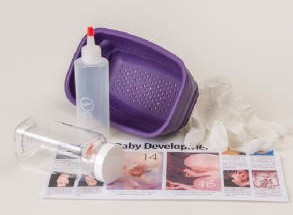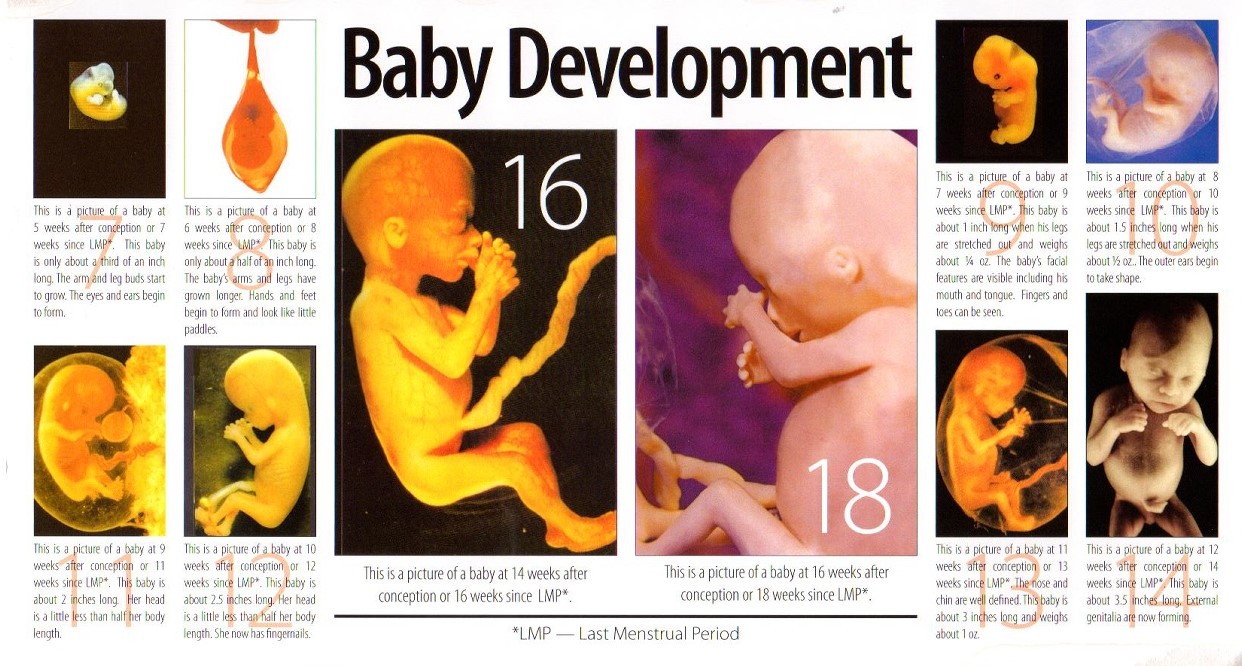Miscarriage at home is much more than just some bleeding and cramping. We can guide you before and during the process of delivering your baby.
We pray daily for those experiencing miscarriage, stillbirth, and infant loss. We are called to this ministry so that all parents have respectful delivery options, and the chance to grieve for their child. When facing fetal or infant loss, parents should be fully informed and not be rushed into any decisions. Naturally, we advise you to listen to your doctor’s advice. Usually there is enough time to mindfully consider many of the necessary decisions.

We would like to make a few recommendations that we hope will help as you grieve and heal when facing your miscarriage at home:
Pray to God for physical, emotional, and spiritual strength as you deliver your miscarried baby.
While you are waiting, ask your doctor what to watch for in terms of medical issues such as excessive bleeding, fever, or infection. Waiting for the baby to deliver can be very frustrating. Wondering when the baby will deliver and what will happen can make you anxious.
Please understand it is not unusual for a baby to deliver as long as three to four weeks after he or she has died. The placenta usually keeps growing until the baby delivers.
To prepare for the delivery, you can buy a miscarriage kit from this site, or create your own. We recommend an expandable colander, squirt bottle, re-sealable plastic bag for storage of placenta, a vessel in which to place the baby, and rubber gloves. You may also want to locate a picture of a baby the age and size of your baby at the same gestational age.
Below is our recommendation for using the miscarriage kit. Consult with your doctor for his medical direction.

- Once you start spotting, bring the miscarriage kit into the bathroom with you.
- Remove the contents of the miscarriage kit.
- Fill the squirt bottle with water.
- Put on the gloves.
- Expand the colander by gently pushing down the center area.
- Immediately after sitting down on the toilet, put the strainer under your bottom.
- Strain your urine stream, clots, and everything expelled from you vaginal area.
- Use the squirt bottle to rinse the blood off the contents in the strainer.
- If there are any contents in the strainer, examine those contents.
- Discern and distinguish blood clots from placenta, sack, cord, and baby.
- Pictures of baby development are below.
- Please understand, your baby may not look the same due to chromosomal abnormalities or decomposition that may have begun.
- This may take many trips to the bathroom.
- Finding your baby’s body is not 100% assured.
If you do not find the baby, clean the colander and let it air dry. Discard gloves, and place the colander back in the zip lock bag until the next trip to the bathroom. Start the process again on the next trip to the bathroom.
If you find the baby, carefully place your baby in the vessel. When you are not observing your baby, keep the baby in the bottle in the refrigerator until burial.
If you choose to use the saline bath to preserve the baby, fill the vessel with saline solution (0.9% contact lens solution will work). This will recreate a womb-like environment. Place the lid on the bottle, and lay it on its side. Observe your baby peacefully floating in saline solution. You may wish to take pictures.
If you are having genetic testing, put the placenta in the small zip lock bag and refrigerate until you can bring it to the hospital.
You are not alone





